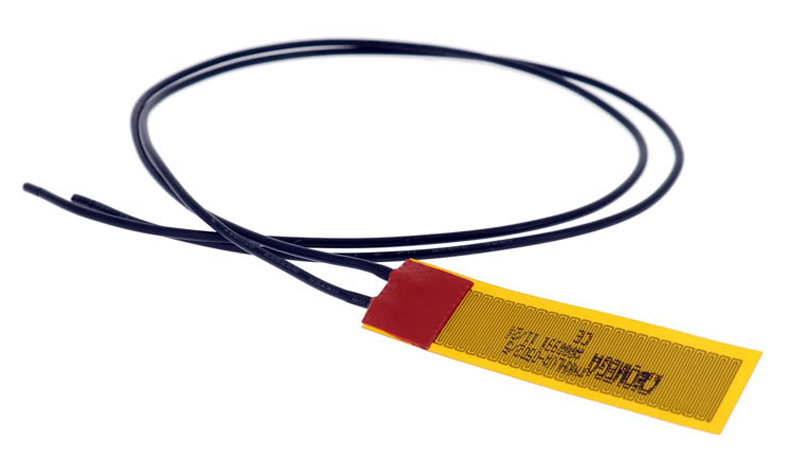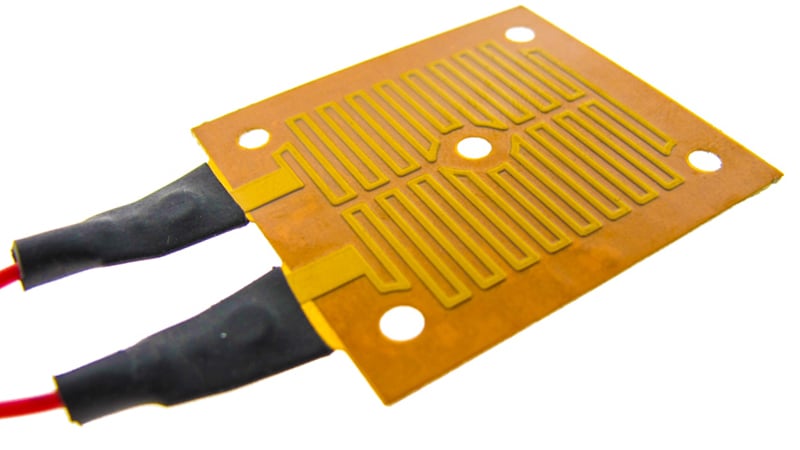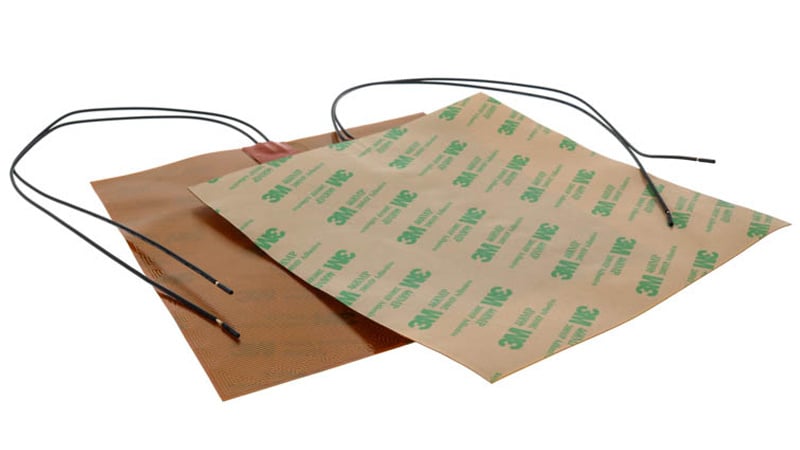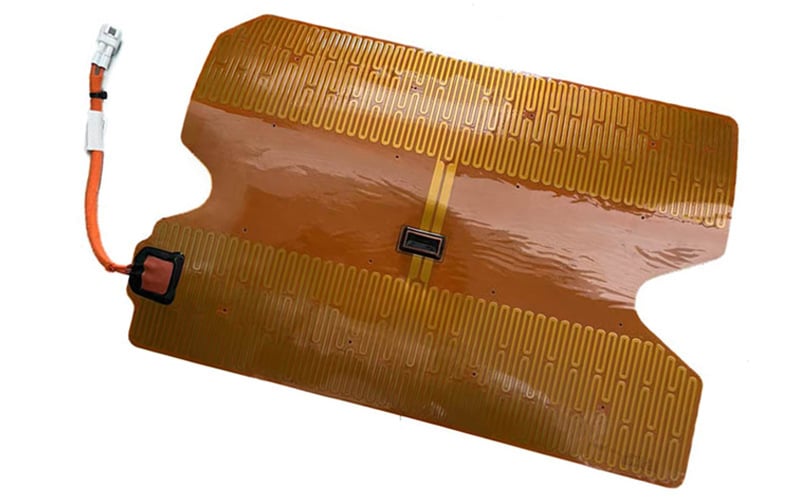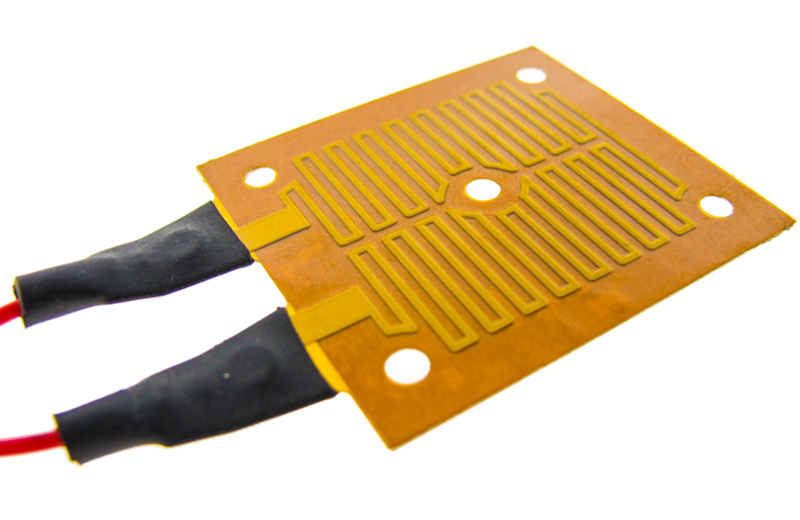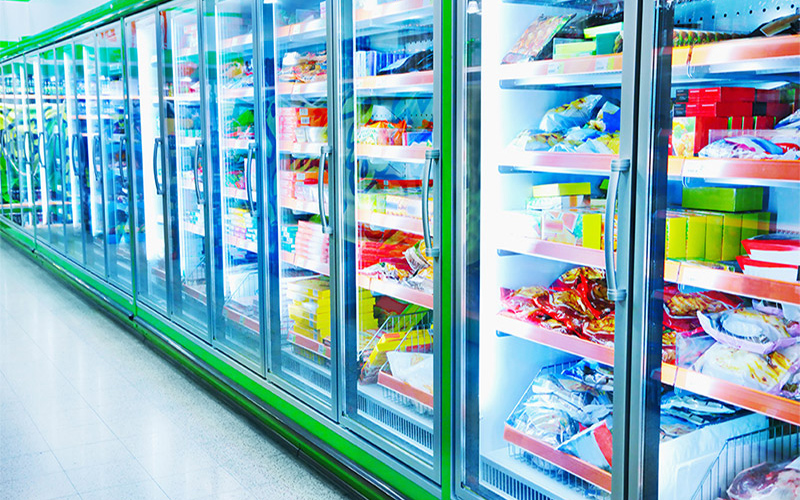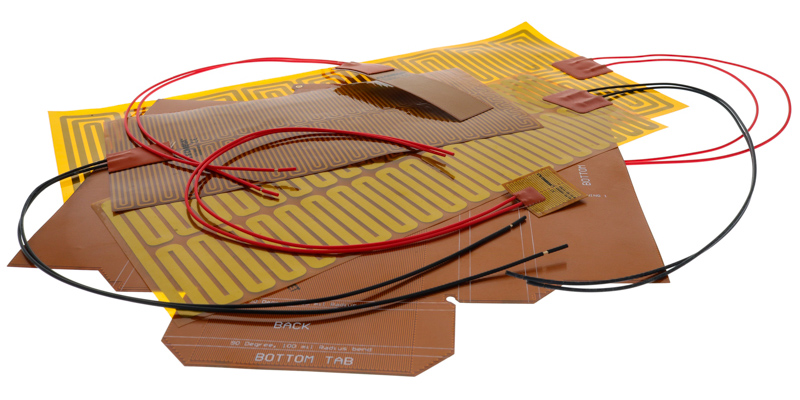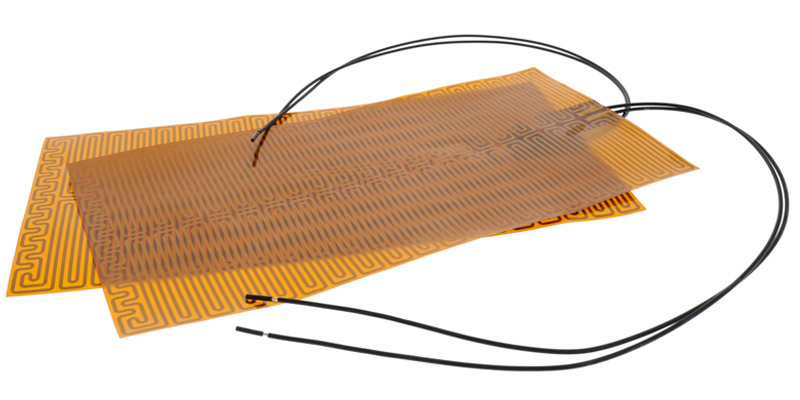Flexible heaters are low-cost, ultra-thin heating elements designed to conform to the shape of the surface they are applied to. They deliver precise, reliable heat in applications where space, weight, or geometry constraints make traditional heating methods impractical.
At the conclusion of our webinar, How to Properly Size and Select Your Custom Flexible Heater, we had several questions submitted to our presenter, User Interface & Cable Assembly Product Manager, Steven J. Goodman. We compiled these into a readable format on our blog.
In power systems, managing excess electrical energy is essential for maintaining stability, protecting equipment, and ensuring efficient operation. While traditional dump loads often rely on bulky resistor banks, flexible heaters can serve as an effective solution to address this issue.
Flexible Heaters are great examples of how far we’ve come in terms of discrete and efficient ways of heating. Silicone, polyimide, and polyester heaters alike share a common method of heat transfer: conduction. That is the key term for these heaters as they transfer heat by touching the surface of what you want to heat up.
When it comes to temperature regulation, look no further than your kitchen. Your coffee maker controls the temperature to ensure the water is heated for optimal brewing. Did you grab a water bottle on the way out of the door this morning? When you open the fridge, you expect your water to be cold. And, thanks to temperature management, it was.
Here at Epec, we provide various materials and key components used in our flexible heaters solutions. Our team carefully selects these materials to ensure optimal performance, flexibility, and durability in even the most demanding applications. From polyimide to silicone rubber, we offer a wide range of options to meet the specific needs of industries like aerospace, medical devices, and automotive.
When working with flexible heaters, know that they are highly customized, and to successfully work in your application, they must be engineered to meet your specific requirements. These heaters are thin, bendable, and can be designed using the most complex shapes, geometries, and curves to fit almost any type of application.
In today's modern world, energy efficiency has become a top priority for many industries. One area where significant strides have been made is in refrigeration technology. Flexible heaters have emerged as an innovative solution that has revolutionized refrigeration efficiency.
A polyimide/Kapton® heater is a type of flexible heater made using a thin and lightweight polyimide film called Kapton® that was created by the DuPont company. It is a high-performance material that is resistant to high temperatures, chemicals, and radiation, making it ideal for use in heating applications where other materials would fail.
A flexible heater typically consists of a heating element, such as a thin film of metal, sandwiched between two layers of flexible insulating material. The heating element is connected to electrical power, and when the power is turned on, the heating element generates heat. The heat is transferred to the surface that the flexible heater is in contact with, providing a localized heating effect.


